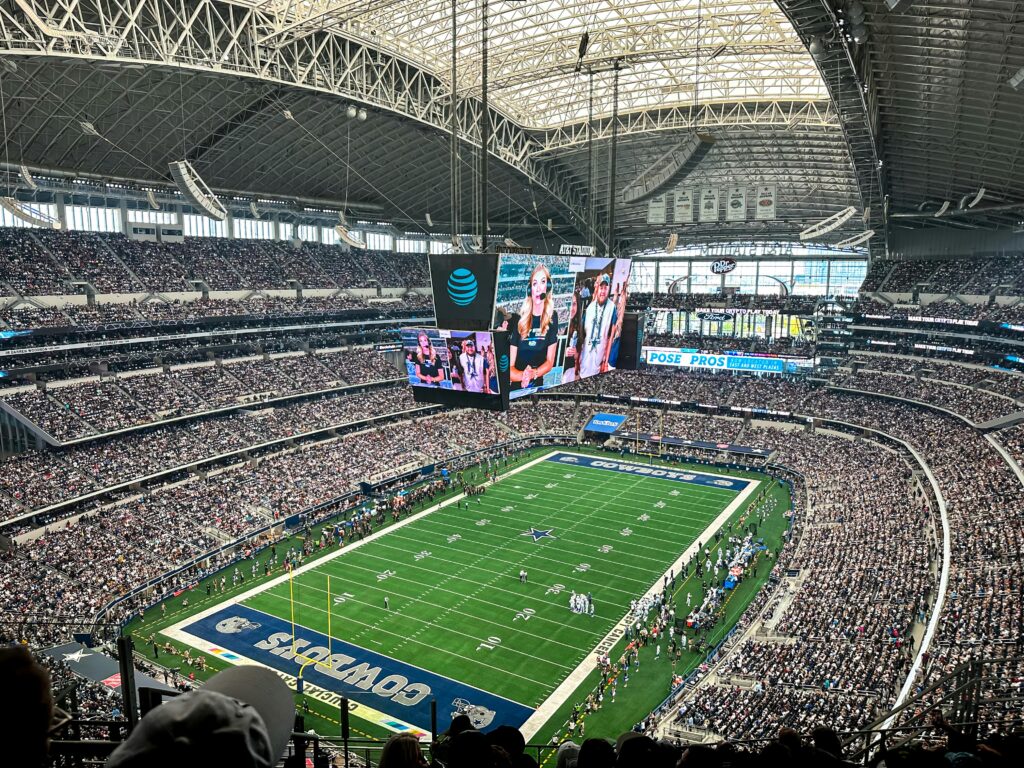Understanding Real-Time Analytics
Real-time analytics involves processing data instantly as events occur. Sports analytics platforms collect and analyze massive data points during live games. Key performance indicators (KPIs) like:
- speed
- acceleration
- heart rate
are tracked, offering insights that static reports can’t match. Leveraging real-time data provides several benefits. Coaches adapt strategies in response to players’ performance shifts. For example, if a player’s speed significantly drops, coaches may adjust their role mid-game. Teams gain competitive edges by accessing immediate data, enhancing decision-making under pressure.
Sophisticated algorithms play a vital role in real-time analytics. These algorithms discern patterns and anomalies in player performance data. For example, predictive models anticipate injuries or fatigue, informing precautionary measures. This proactive approach helps preserve player health and optimize team management.
Wearable technology enhances real-time analytics. Devices embedded with sensors, like smartwatches and fitness bands, gather granular data. This tech evolution allows continuous monitoring of players’ physiological metrics, providing valuable information throughout games and training sessions.
The Importance of Player Performance Analysis

Player performance analysis is crucial in modern sports, providing deep insights into athletes’ strengths and areas for improvement. Real-time analytics enables precise evaluations, influencing training and game strategies.
Improving Training Methodologies
Analyzing player performance data transforms training sessions. I use real-time metrics to tailor workouts, focusing on individual needs. For instance, tracking heart rate and speed during drills helps identify fatigue points and optimize rest intervals. This customization enhances overall athletic growth and reduces injury risks. By leveraging data, I can reinforce specific skills that align with game demands, leading to more efficient and effective training outcomes.
Enhancing Game Strategies
- Game strategies benefit significantly from live performance data.
- By examining real-time statistics, I can adjust tactics based on current player outputs, such as utilizing players with peak energy levels.
- Sophisticated software tracks plays, allowing me to understand opponent tendencies and exploit weaknesses during matches.
- This dynamic approach ensures that strategies remain flexible, improving the team’s competitive position.
- With real-time insights, I anticipate game developments and make informed decisions that boost the likelihood of success on the field.
Key Metrics in Real-Time Analytics
Key metrics in real-time analytics provide invaluable insights into player performance, offering a competitive edge in sports. By focusing on specific data points, teams can make informed strategic decisions.
Speed and Agility
Speed and agility metrics track an athlete’s movement efficiency and quickness across the field or court. Utilizing GPS sensors and accelerometers, teams collect data on maximum speed, sprint count, and directional changes. This data helps coaches assess an athlete’s explosive power and adjust training programs to enhance performance. For example, understanding a player’s top speed and acceleration can optimize their position-specific training drills.
Accuracy and Reaction Time
- Accuracy and reaction time are crucial in sports requiring precision and quick decision-making.
- Advanced systems, including motion capture and high-speed cameras, evaluate a player’s shot accuracy and timing under various conditions.
- By analyzing these metrics, coaches can improve techniques and mental sharpness.
- Systems that calculate a player’s shooting percentage or passing success rate under pressure are particularly beneficial in sports like basketball and soccer.
Tools and Technologies for Real-Time Analysis
Integrating cutting-edge tools, real-time analysis has revolutionized player performance evaluation. These technologies provide precise insights into athletes’ current performance, empowering teams to make strategic decisions swiftly.
Wearable Devices
Wearable devices revolutionize data collection with their seamless integration into athletes’ routines. They measure critical metrics such as heart rate, speed, and motion. Popular devices include smartwatches, GPS trackers, and fitness bands, each offering unique data points. For instance, a GPS tracker monitors distance covered and pace, while a fitness band tracks physiological metrics like heart rate variability. These tools enable real-time monitoring, facilitating immediate feedback for trainers to optimize workouts and prevent injuries.
Advanced Software
Advanced software platforms analyze and visualize massive datasets, transforming raw data into actionable insights. They employ machine learning algorithms to identify patterns and predict outcomes. Systems like Coach’s Eye and Hudl offer high-speed video analysis, providing detailed breakdowns of plays. Similarly, software like Tableau and Power BI transforms complex data into intuitive visualizations, aiding coaches in strategy adjustments. These technologies enhance decision-making by delivering precise, data-driven insights into player performance.





